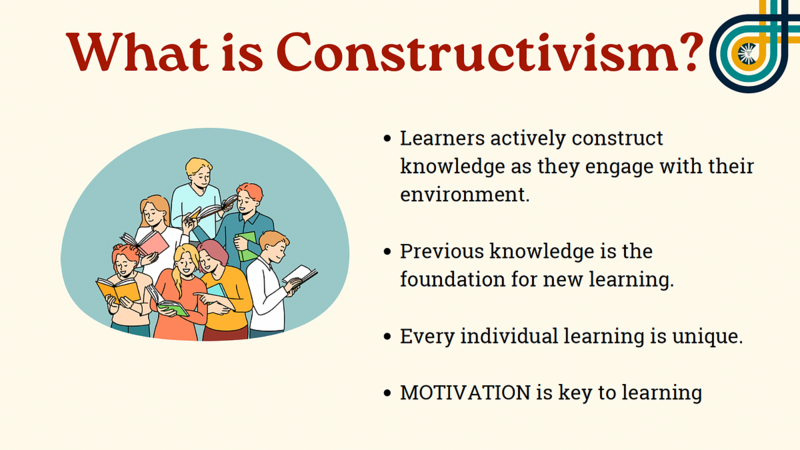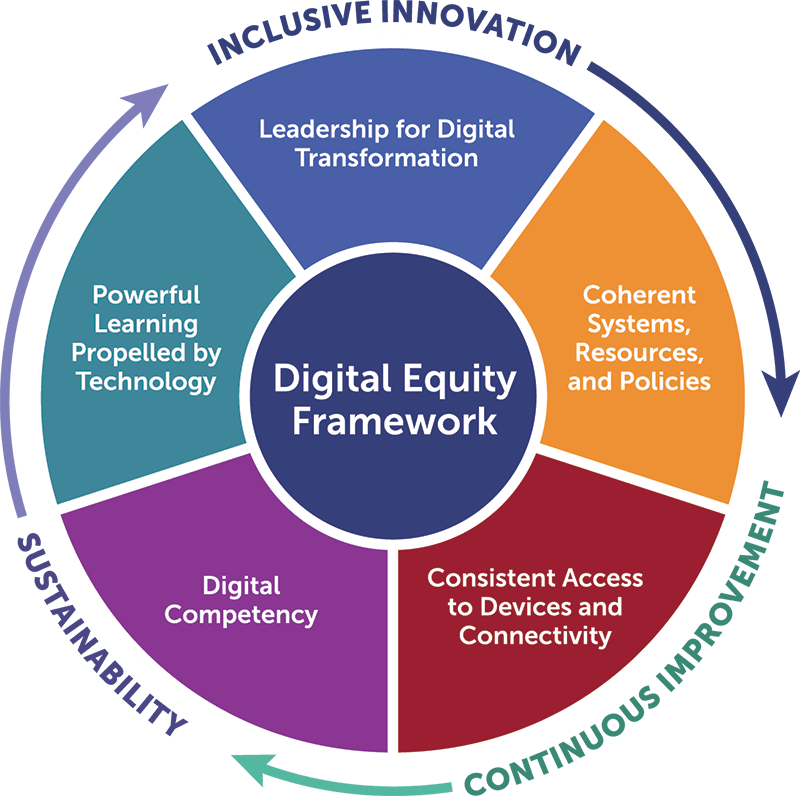Allison Kuykendall’s Updates
Community Update #2: Constructivism and the fight for equity with AI
Piaget and Dewey’s theory of constructivism can help combat issues of equity in the ever-changing technological world. Constructivism is based on the idea that learners construct their own knowledge and that reality is determined by one’s own learning experiences. With Constructivism, students can take their current knowledge on a topic and build upon it using their own background and personalized learning (Ann Williams and Natalie Williams, 2024).
As mentioned in my first update, it’s important that public school teachers work to integrate AI in order to combat equity issues that could be seen from widening the learning gap or contributing to disparities between affluent and under-resourced schools. According to the Stanford Center for Racial Justice, AI can be used to personalize learning for students in under-resourced schools or students of color, both of which are groups who have been disproportionately impacted by learning loss due to the COVID-19 pandemic (Pham, et. al, 2024).
In the video, Marr explains that AI can be used in the classroom to create personalized learning experiences for students, generate unique feedback, and help students with special education needs. These notions are also supported by Viberg, et. al (2024) as they promote the use of generative AI to help educators identify students who are in need of more support, push students who might be interested in furthering their knowledge on a topic, or further their ability to use culturally responsive content and teaching methods. When students become more well-versed with emerging technology like generative AI, their skill set and technological abilities grow. They also are given the opportunity to have some say in their own learning and education, which is important with Constructivism.
The ability to personally tailor lessons, assignments, or whole learning experiences to an individual student is enticing, but schools must reflect on issues of equity when implementing these technological advances. Digital Promise, a global nonprofit that works to expand opportunities for all learners, recommends taking a system approach to the implementation of AI use in schools. They recommend that when working to utilize new technology school districts think of issues of support and training for educators, student privacy, ensuring a connection to researched educational theories and practices, and consistent access for students. It’s important that educators are given the proper training for implementation and student use of new technology. For example, If a student is using generative AI, or some other technology, for an assignment, the educator must ensure that the student has access to the needed technology outside of class if needed. The Digital Equity Framework below shows the continuous thought about the previously mentioned issues that’s needed when implementing generative AI and other new technology.



